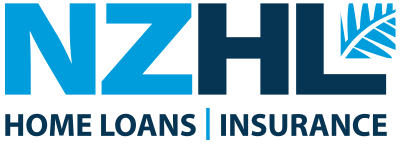Last week I spoke about the benefits of taking what control you can over your mortgage, today I’ll run through a typical example.
| Mortgage Details | Controllable? | |
| Borrowing amount | $350,000 | No |
| Interest Rate (assumed average) | 7% | No – though you have options |
| Term | 30 years | Yes |
| Minimum repayment | $2328/mth | No |
| Total payments | $838,281 | Yes |
| Interest paid | $488,281 | Yes |
So the following are controllable:
- The interest paid. This can be reduced, with the right loan structure. Utilizing your income to offset the interest cost can mean significant savings. You could be looking at saving up to $140,000.
- Extra repayments. With the right loan structure you will be able to pay above the minimum repayment, a extra $100 a month on top of offsetting the interest cost could mean $172,000 in savings.
- The length of your mortgage. Reducing your interest cost and maintaining extra repayments will decrease the time you have a mortgage for, combining the two can get you under 20 years
So potentially your mortgage could end up looking like the following:
| Offsetting plus $100mth extra repayments | ||
| Borrowing amount | $350,000 | $350,000 |
| Interest Rate | 7% | 7% |
| Term | 30 years | 19 yrs 6 months |
| Minimum repayment | $2328/mth | $2428 |
| Total payments | $838,281 | $665,565 |
| Interest paid | $488,281 | $315,565 |
Being idle with your mortgage will cost you a lot of money, gain some control on it.










